In Episode 7 of Energy Matters, we shine a light on IGA Morphett Vale, a South Australian supermarket now reaping the rewards of solar and battery storage. James Treble visited the supermarket and spoke with store owners Nik and Daniel Papatolis, along with Dean Williamson from GoodWe, to unpack how this system is slashing bills and keeping the store running, even when the grid’s not.
With rising energy prices and growing climate concerns, this episode is a masterclass in how local businesses can take control of their power needs and future-proof their operations.
About the episode: Sunshine, savings and staying switched on
James Treble’s visit to IGA Morphett Vale uncovered a story of smart investment, energy smarts, and sustainability in action. Store owners Nik and Daniel Papatolis shared why they made the leap into solar and battery storage. The father-son duo were motivated by the rising cost of electricity and the need for uninterrupted power.
From fridges and freezers to EFTPOS and lighting, outages were a risk they weren’t willing to take. With Solaring handling the installation, the upgrade was smooth and didn’t disrupt day-to-day trade.
Dean Williamson from GoodWe joined James on site to break down the tech powering this transformation. The system includes 60kW of solar panels feeding a 30kW GoodWe ET Series Hybrid Inverter, alongside a whopping 102.4kWh of battery storage via GoodWe’s modular Lynx FG2 system. That’s four 25.6kWh stacks working in sync.
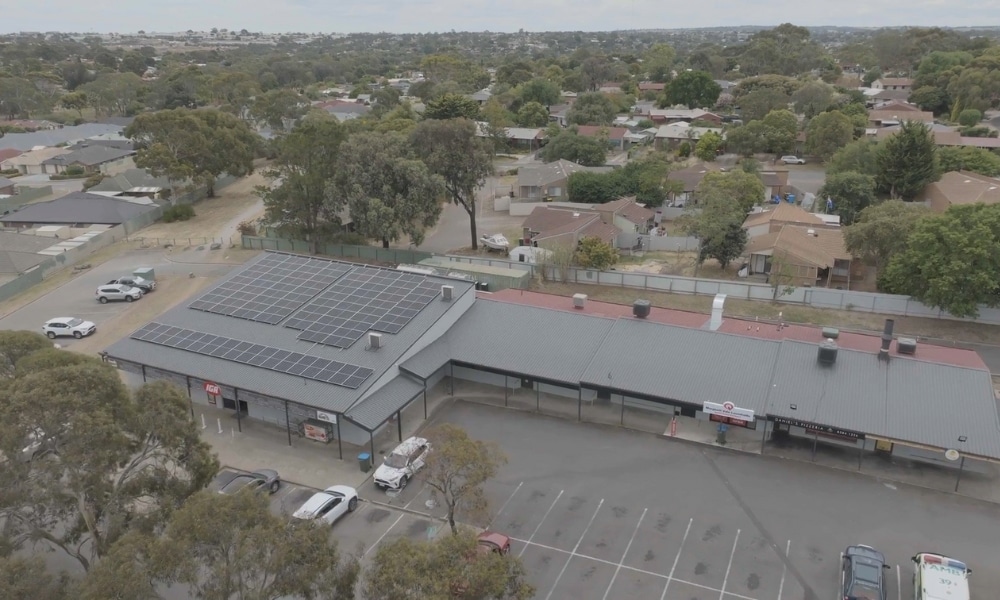
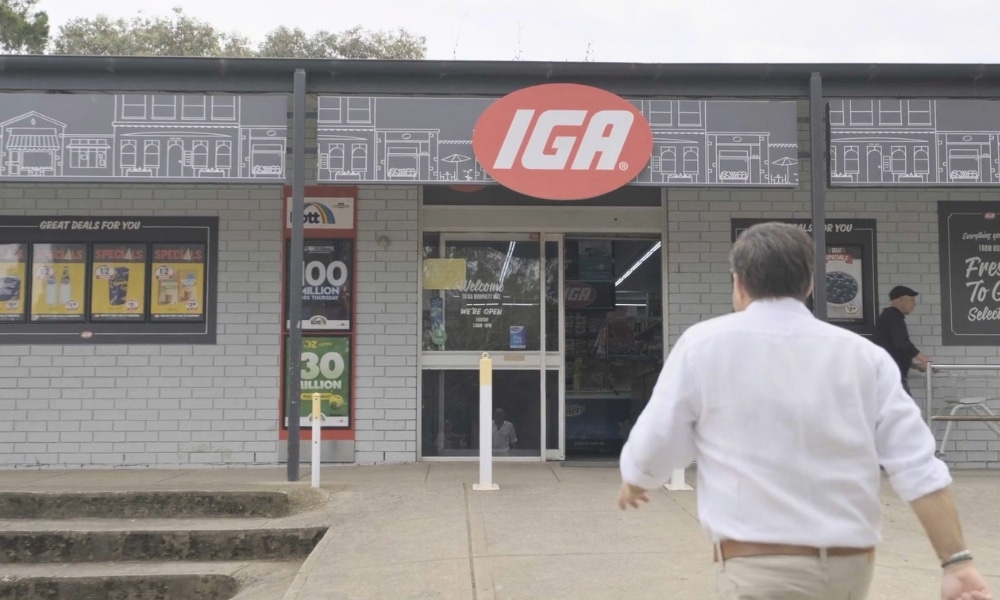
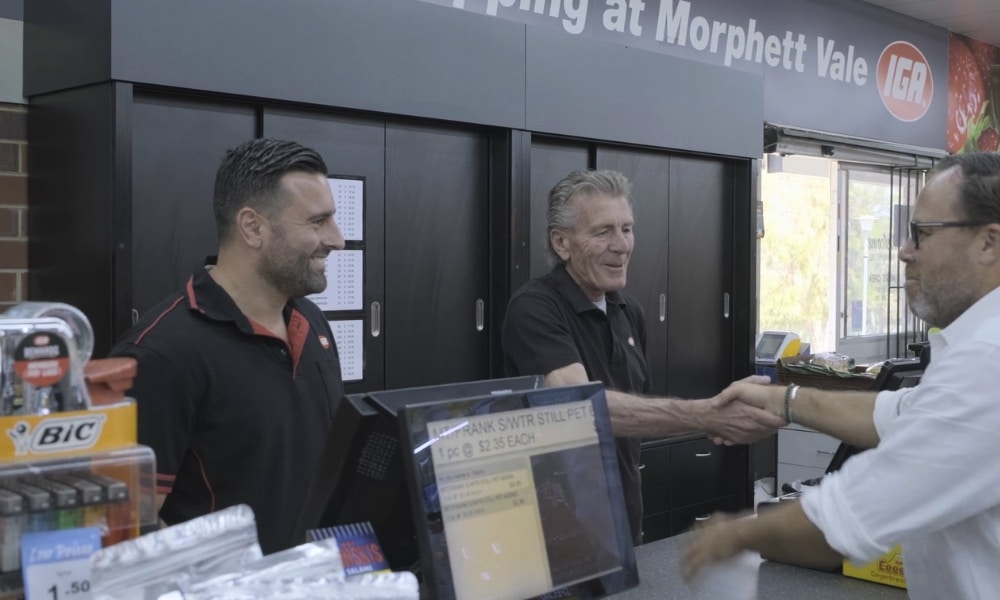
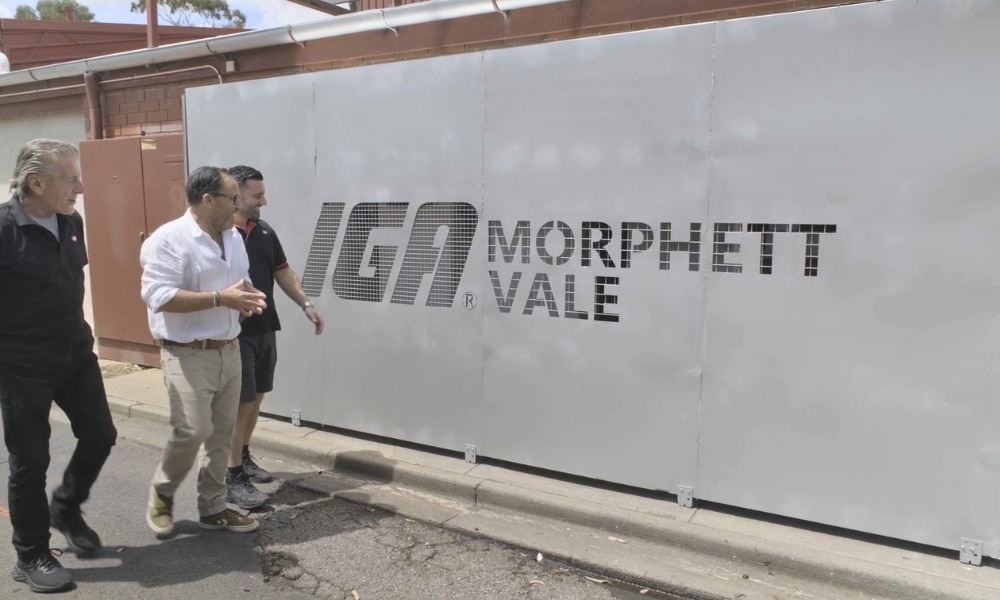
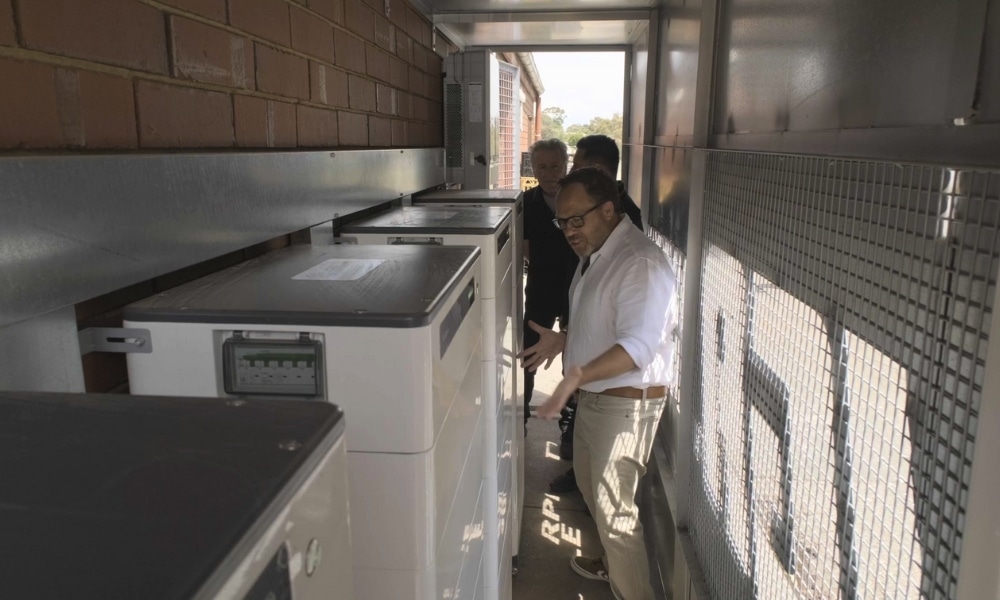
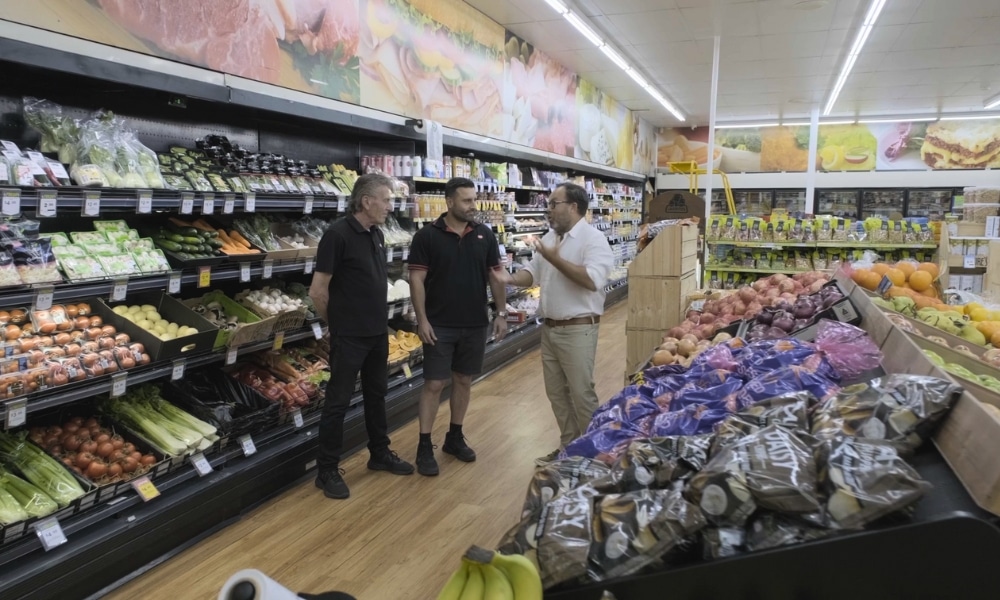
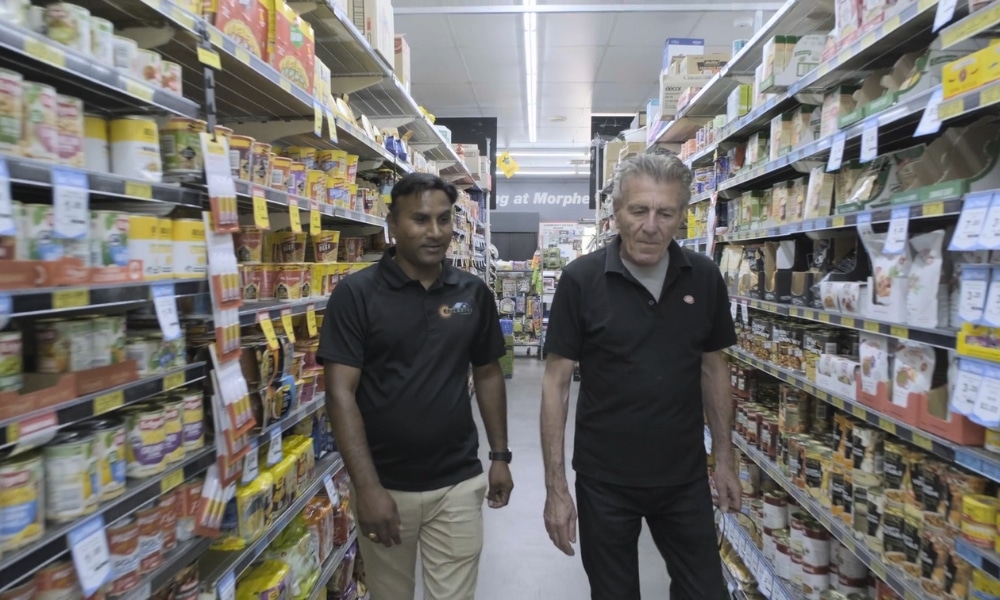
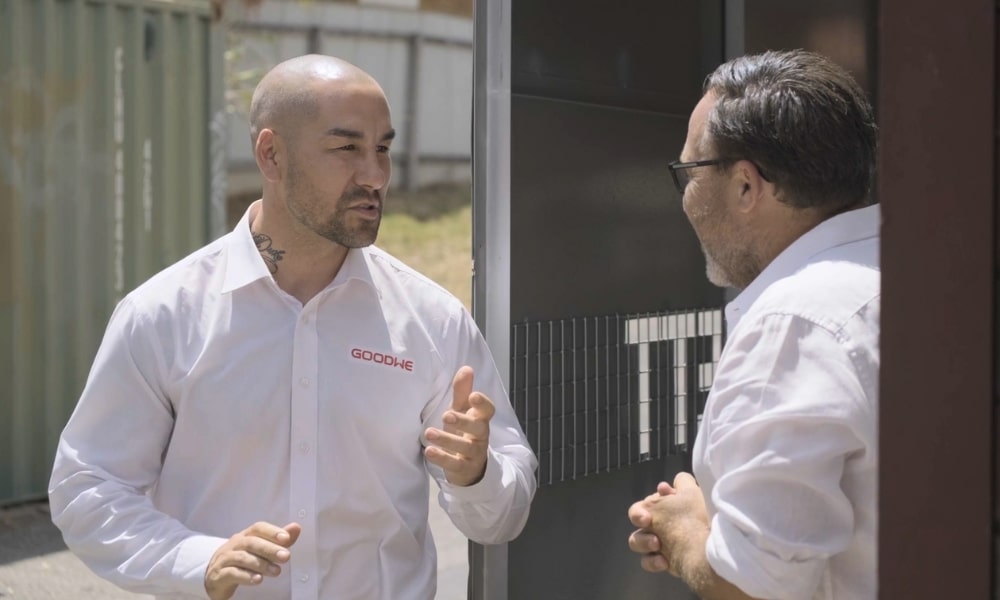
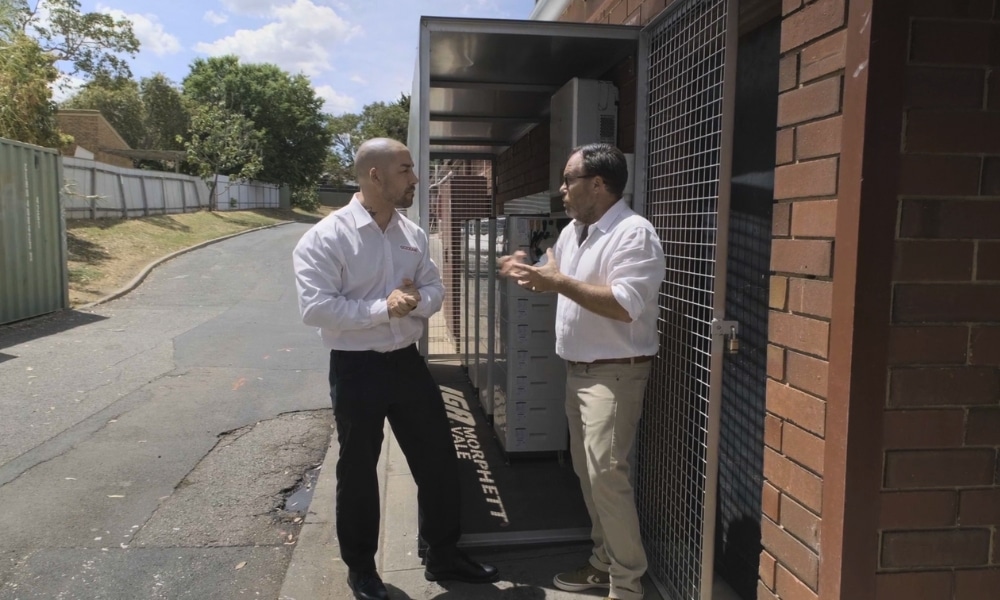
What’s it all mean in practice? About 68 megawatt-hours of clean energy generated each year, with around a 50% drop in power costs—and that’s just the beginning.
About GoodWe and the products powering the change
At the heart of the system is GoodWe’s GW29.9k-ET Hybrid Inverter. It’s not just a mouthful, it’s a muscle machine. It supports up to 200% oversizing, which means IGA Morphett Vale can install more panels than the inverter’s standard capacity. More panels = more savings.
It’s paired with Lynx FG2 batteries, GoodWe’s modular energy storage solution built for businesses like this one. In practical terms, this means the store can keep the lights on, tills running and refrigeration humming, even if the power cuts out.
With export rates sitting at just 5 cents per kilowatt-hour, it makes far more sense for IGA to store their excess solar. They’re effectively saving 45 cents for every kilowatt-hour stored and used later. That’s real money staying in their pocket instead of trickling back to the grid.
As Dean Williamson summed it up: “This project showcases how businesses can harness the power of solar and storage to drive long-term sustainability and financial benefits.”
If you missed the episode, be sure to catch up via encores on Sunday at 8am, Tuesday at 6:30am, and Thursday at 10:30am.


















